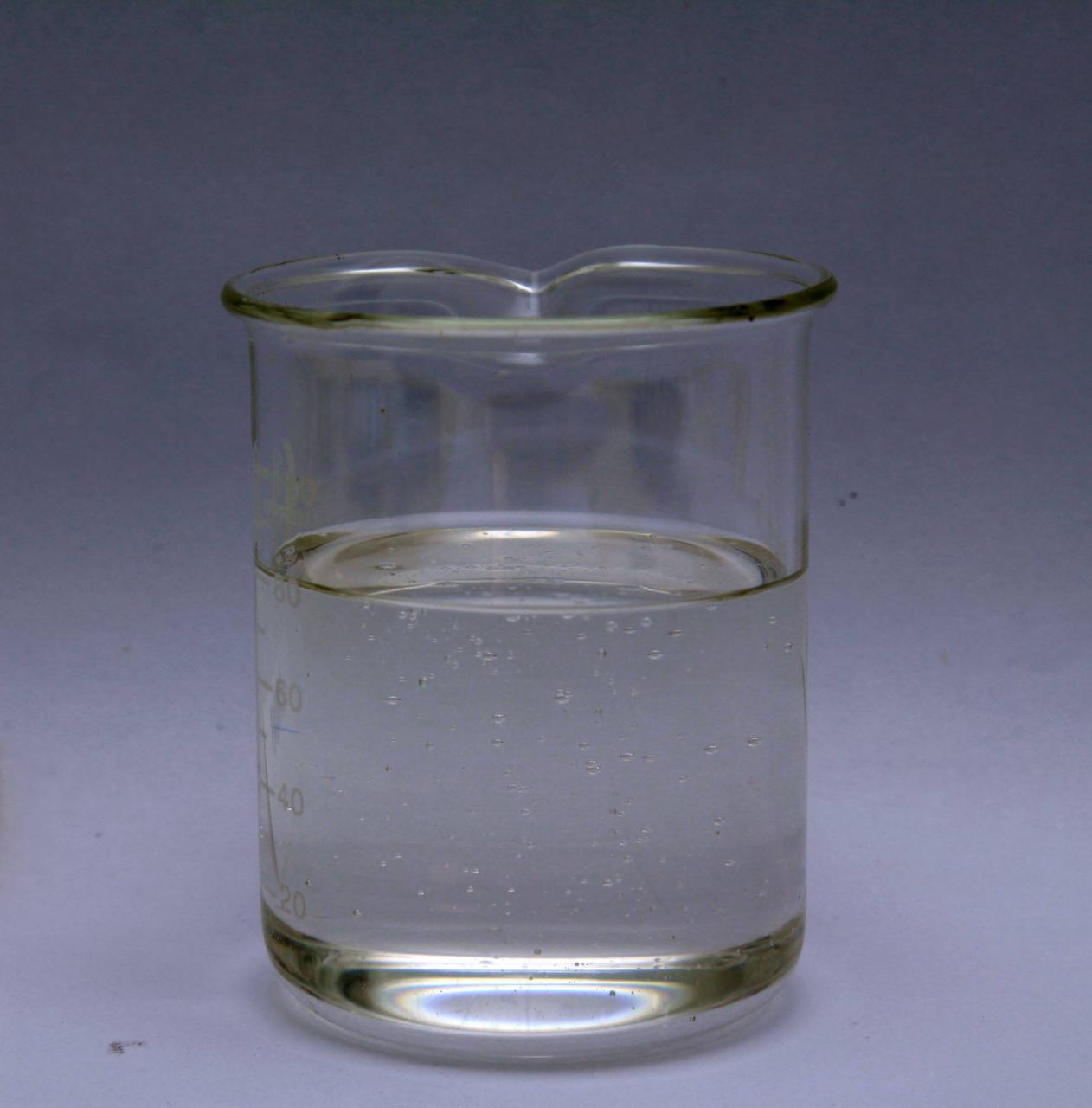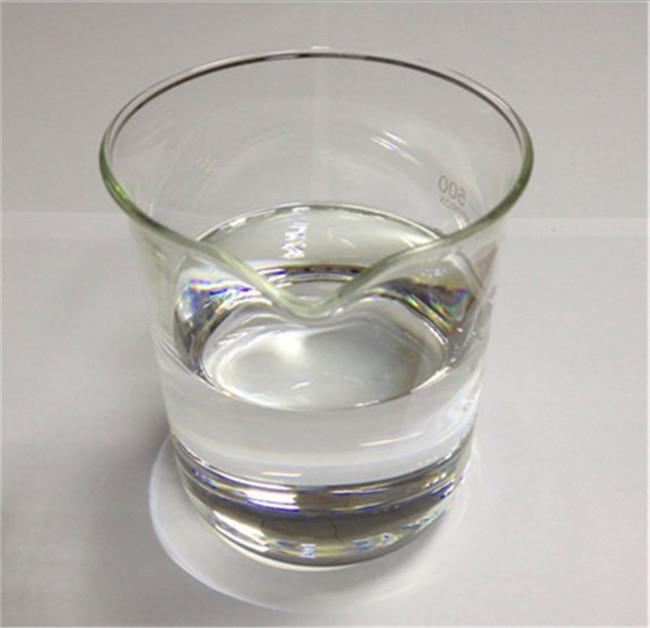Properties and uses of n-valeric acid
[Alias]Valeric acid,ValerianOxalic acid, andrographis oxalic acid.
[Molecular Formula]C5H10O2
[Structural Formula]CH3(CH2)3COOH
[Properties]N-valeric acid is a colorless and transparent liquid with a putrid smell. The relative density is 0.9391 (20℃), the boiling point is 186.05℃ (101kPa), and the melting point is -34℃. Flash point (open cup) 51℃, refractive index 1.4086 (20℃). Slightly soluble in water, solubility in water is about 3% (weight) (20℃), soluble in ethanol and ether.

[Use]Used in organic synthesis to prepare valerate esters. Also used in the manufacture of spices, plasticizers, drugs, disinfectants, etc.
[Brief preparation method]
① n-pentanol is produced by electrolytic oxidation.
② Obtained from distillation of valerian.
[Safety and Protection]Packed in plastic barrels or stainless steel barrels, with a net weight of 100kg or 200kg per barrel. Store and transport according to general chemical regulations.
This product has low toxicity and is irritating to the skin and mucous membranes. If the skin comes into contact, rinse with water immediately.
Performance and uses of isovaleric acid
[Alias]3-methylbutyric acid, isopropyl acetic acid, isovaleric acid, isoandrographolate.
[Molecular Formula]C3H10O2
[Structural Formula](CH4)2CHCH2COOH

[Properties]Isovaleric acid is a colorless and transparent liquid with a strong unpleasant odor and sour taste. It has a sweet fruity taste after high dilution. Fragrant, with a lingonberry-like aroma. The relative density is 0.9286 (20℃), the boiling point is 176.7℃, the melting point is -29.3℃, and the refractive index is 1,4043 (20℃). Found in valerian, hop oil, and tobacco. It can be dissolved in 24 parts of water and miscible with ethanol, ether, chloroform, etc.
[Use]Used in organic synthesis. It is used to prepare ethyl isovalerate, benzyl isovalerate, isopentyl isovalerate, phenethyl isovalerate and other products, and is also used in the manufacture of drugs, synthetic flavors, and the preparation of oral flavors and food flavors.
[Brief preparation method]
①It is produced by catalytic oxidation of isovaleraldehyde.
② Obtained from distillation of valerian.
[Safety and Protection]Packed in plastic barrels or stainless steel barrels, with a net weight of 100kg or 200kg, and stored and transported according to general chemical regulations. Isovaleric acid is generally considered safe to use. It is one of the artificial flavors that can be added to food without harming human health.

 微信扫一扫打赏
微信扫一扫打赏

